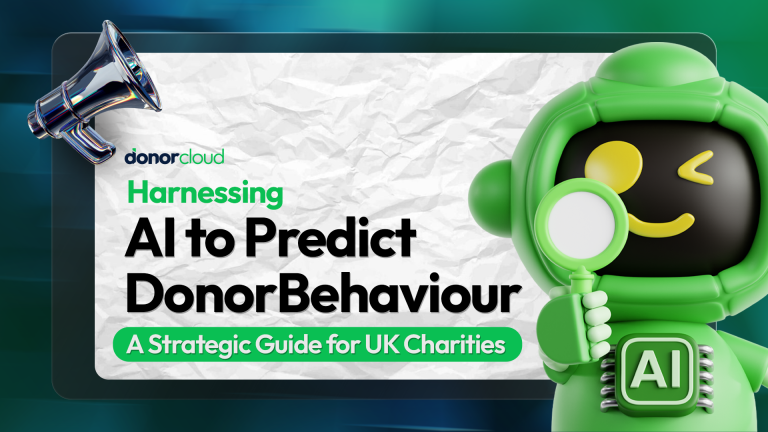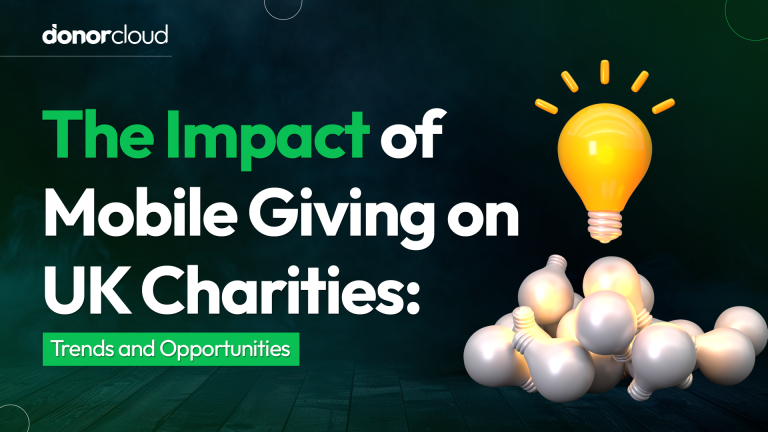Charities in the UK are facing a serious problem. Fewer people are giving money to charity than ever before. A new report from the Charities Aid Foundation (CAF), called the UK Giving 2025 Report, shows that just 50% of people gave to charity in 2024. That’s the lowest number since records began in 2016.
In 2019, 58% of people gave to charity. Now, it’s down by 8%. That means about 4 million fewer people donated or sponsored a fundraising activity last year. This is worrying news for charities that rely on donations to continue their work.
Table of Contents
ToggleWhat Did the Report Study?
CAF’s UK Giving Report looks at how people in the UK give to charity. Every year, it surveys more than 13,000 people to find out:
- Who is donating
- How much people are giving
- What causes they support
- Why some people are not giving
Let’s look at what the 2025 report (based on 2024 data) discovered.
Key Findings
£15.4 Billion Given to Charity
Even with rising living costs, people in the UK still gave an estimated £15.4 billion to charities in 2024.
Health Charities Received the Most
Charities focused on health—like hospices and medical research—got the largest share, about £2.2 billion.
5.6 Million People Volunteered
Around 1 in 10 UK adults volunteered in 2024. That’s about 5.6 million people, but it’s fewer than in 2023.
Giving Trends Are Changing
Only Half Donated in 2024
For the first time since 2016, only 50% of people said they gave to charity in the past year. Including those who sponsored someone (like a charity walk), it rises to 55%—still a drop from previous years.
Biggest Drops in the North and London
Giving dropped the most in the North West, North East, and London.
Young People Are Giving Less
This is the most worrying trend. In 2017, 55% of 16–24-year-olds gave to charity. In 2024, that number dropped to just 36%. That’s a one-third drop in seven years. This age group is now the least likely to donate.
Why People Are Not Donating
CAF also asked why people didn’t give. The reasons depend on age:
Main Reason: Money Problems
Across all ages, the top reason was not being able to afford it. People are dealing with high costs for food, rent, and bills.
Older People: Lack of Trust
People over 55 often said they don’t trust charities and worry that their money won’t be used properly.
Young People: Lack of Interest
Young people (ages 16–34) often said they were not interested or didn’t feel it was important. Some of the reasons:
- “No charity caught my attention”
- “I didn’t want to”
- “I forgot”
- “It didn’t seem important”
Among younger people, this type of reason was common:
- 34% of 16–24 year olds
- 38% of 25–34 year olds
What Can Charities Do?
These findings are a big warning for the charity sector. Giving is going down, especially among young people. Volunteering is also falling. But there is hope. The total amount given (£15.4 billion) is still strong.
✅ 1. Use Data to Understand Supporters
Use tools like Donorcloud to collect and understand supporter data. This helps you send the right messages to different groups: young people, families, older donors, and more.
✅ 2. Focus on Personal Messages
If someone says “no charity caught my eye,” then it’s time to improve the message. Use short, clear stories. Show real people and real impact.
✅ 3. Make Giving Easy
Many young people forget to donate. Use one-click giving, text-to-give, or mobile app campaigns.
✅ 4. Build Trust with Older Donors
Be open about where the money goes. Share results and updates regularly,through email or post.
Final Thoughts: Charities Must Adapt
Fewer people are giving. And the way they give is changing. Charities must change too.
With tools like Donorcloud, your charity can:
- Learn what donors care about
- Find out why people stop giving
- Improve your messages
- Raise more with less effort
If your charity is seeing fewer donors, now is the time to act. Let Donorcloud help you reach new supporters, rebuild trust, and grow your cause—one donor at a time.
Reference:
CAF UK Giving Report 2025
🔗 https://www.cafonline.org/insights/research/uk-giving-report





